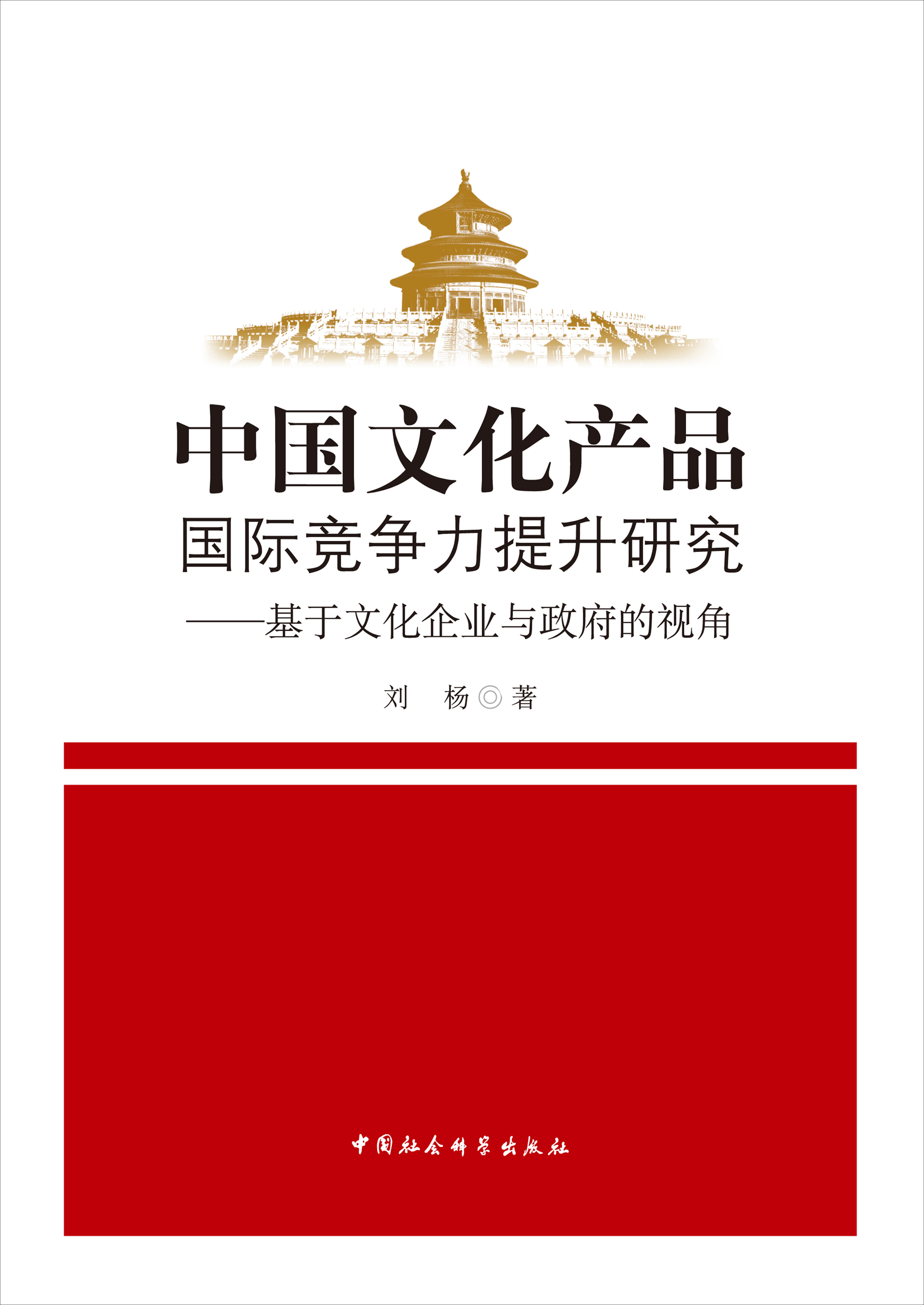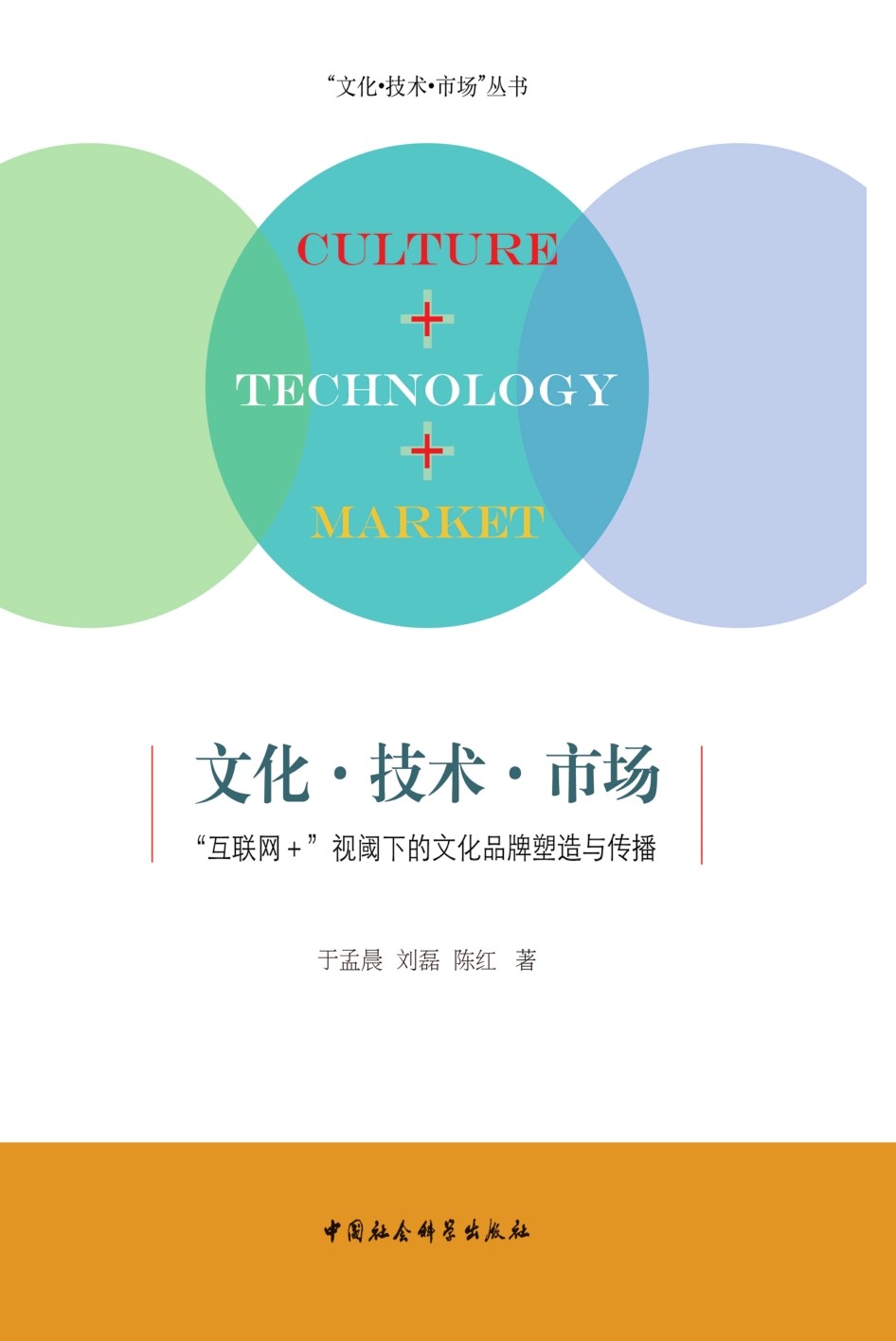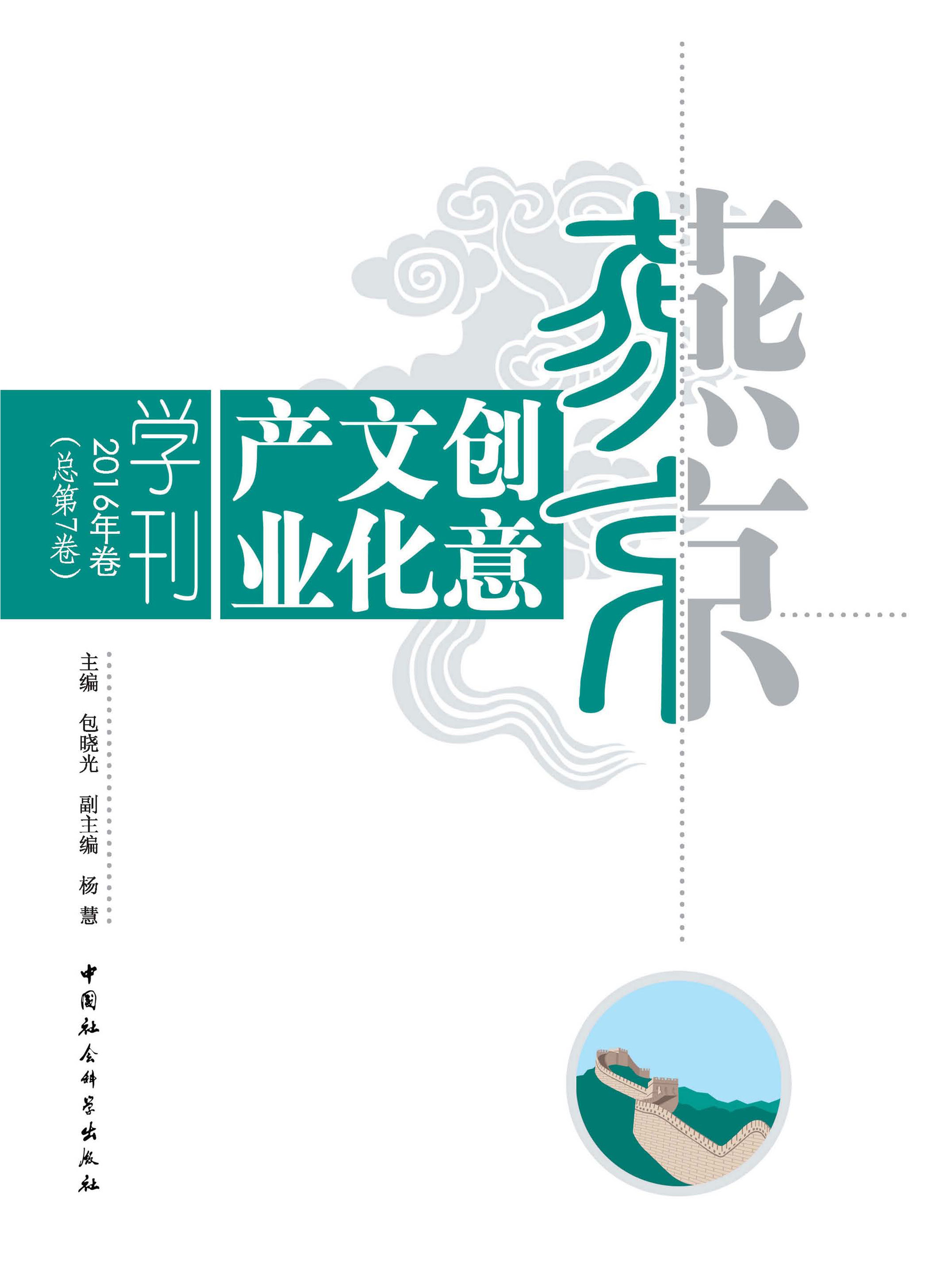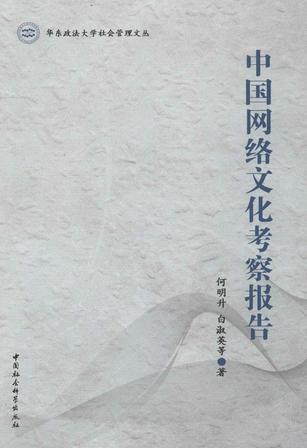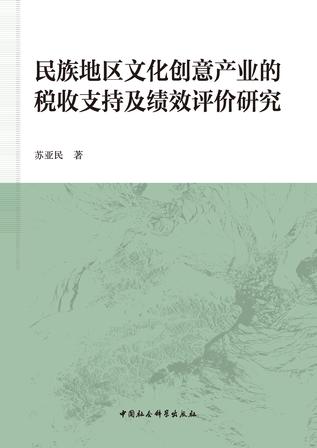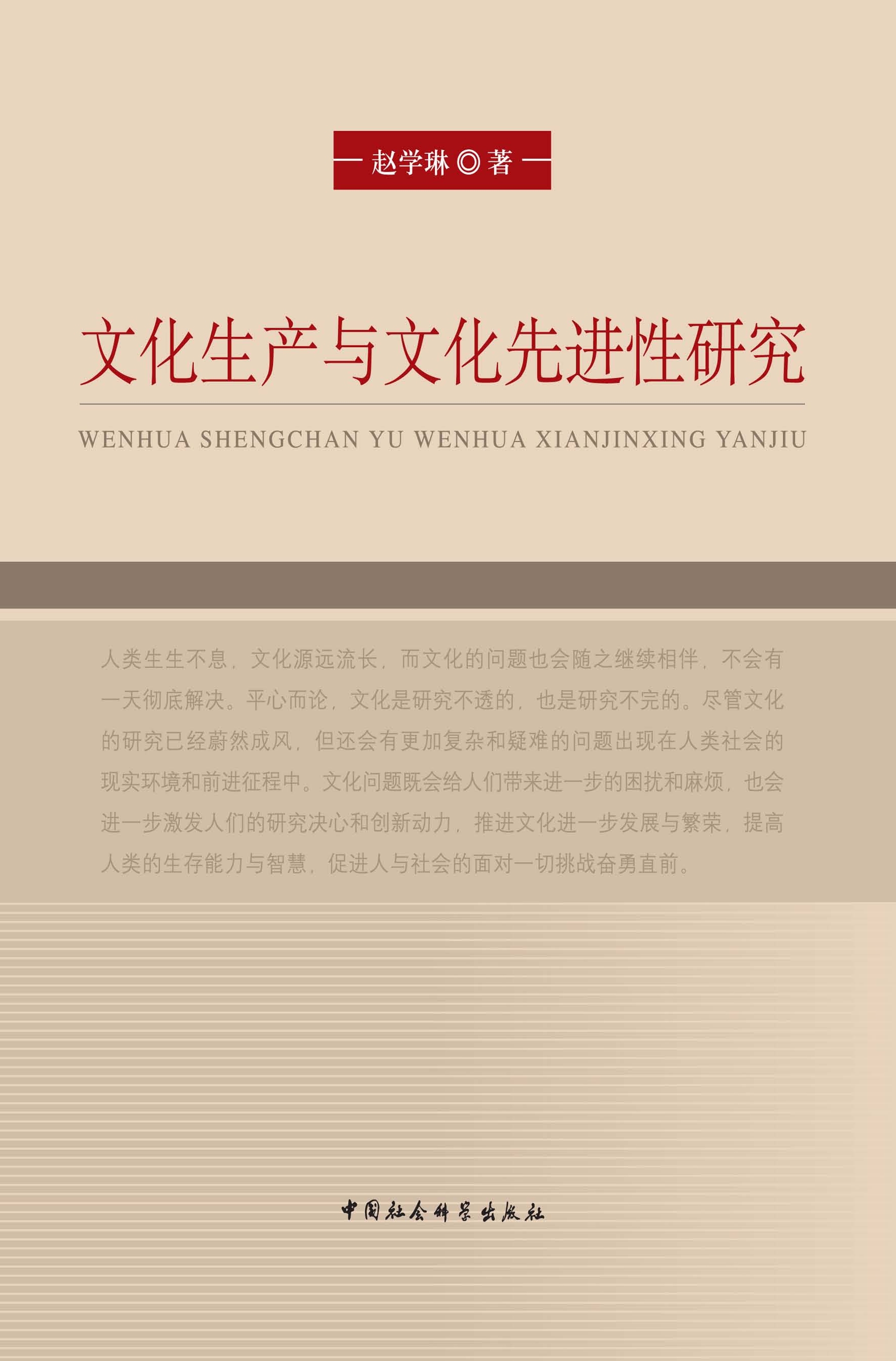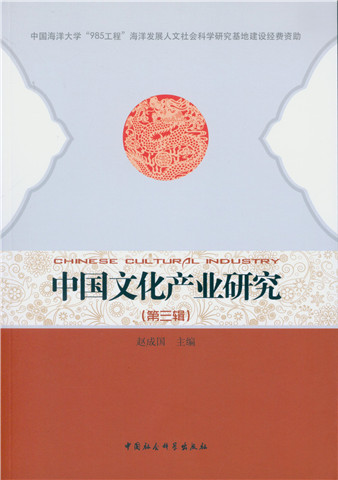内容简介
作者简介
目录
Enhancing the competitiveness of cultural products has lots of realistic meanings for China currently.Productions and sales of cultural products in foreign markets not only bring economic benefits,but also promote the spread of Chinese cultural values overseas,which is the inevitable carrier of the “Going-out” of culture.However,competitiveness of China's cultural products does not seem to bring us a lot of joy.The performance of books,films,performing arts and other products is weak,and is more confined toEast Asia and the “Chinese Circle” in the United States.So what is the present situation of the competitiveness of China's cultural products? What are the factors and main parts that affect the competitiveness? How shall we enhance the competitiveness of cultural products? These questions are real problems we face,which will be answered in the study.Cultural product competitiveness is not equivalent to cultural trade.Competitiveness is the overall quality of a country's cultural products,which have sustained and effective market shares,gain profits and achieve self-development.Its connotation not only includes the competitive power of the distribution chain,but also is the reflection of the competitive power of the production chain.Therefore,a reasonable multidimensional evaluation system is necessary.This paper builds an evaluation system that contains 6 criterion layers and 27 sub-criterion layers,combined with Analytic Hierarchy Process,to comprehensively evaluate the competitiveness of cultural products of 17 major countries,including China,from 2008 to 2012.The result shows that the competitiveness of China's cultural products is at a lower level among major countries,and the gap between China and the first group of countries has not converged in the last 5 years.From the perspective of the comparison among 6 criterion layers,we find that besides the export capacity and basic competition capacity are prominent,opening up capacity,innovation capacity of enterprises,financial support capacity,and government support capacity are all below the average level.After defining the present situation of the competitiveness of China's cultural products,it is necessary for us to discuss the factors and main parts that affect the competitiveness.First,we use AHP sensitivity analysis to test the sensitivity between competitiveness evaluation value and criterion layer,thereby to determine the main factors to improve competitiveness.In order to ensure the robustness of the conclusion,this paper provides further empirical evidence of cross-national data through quantitative analysis.According to the study,culture distance between countries,addiction of cultural products and domestic cultural market size are the main factors that affect the competitiveness of cultural products,cultural enterprise and government behavior are the most critical influencing parts.Specifically,the high productivity of cultural enterprises,represented by technical progress and artistic content innovation,is an effective way to improve the addition of foreign consumers' consumptions on domestic cultural products.Moreover,valid target market selection and internationalized development can largely lessen the culture distance between countries and reduce the impact of cultural discount.In this regard,this paper considers listed cultural enterprises in China as samples,estimates the total factor productivity and the efficiency of technical progress,and makes empirical study on investment efficiency loss caused by financing constraints with the heteroscedastic stochastic frontier model,in which we describe the present situation and analyze shortcomings.Furthermore,this paper builds an IFHA blurring operator model of target market selection of enterprises,and uses China Arts and Entertainment Group as the typical case to introduce and analyze how to use the blurring operator selection model.Then we discuss government behavior.Government supports the development of cultural industries through public cultural finance expenditure,with effective management policies and legal regulatory system to encourage the development and production of cultural products and to stimulate public consumer demand of cultural products,thereby expanding the size of the domestic cultural market.Moreover,reasonable trade policies and cultural policies can effectively protect the country's cultural diversity,and promote local culture to absorb of and integrate with foreign culture,thereby reducing the culture distance between countries.In this regard,this paper launches econometric analysis on the empirical data of public cultural expenditure of the provincial government,and explores the endogenous power and existing shortcomings that government uses finance expenditure to support the development of culture.Furthermore,this paper evaluates and does comparative analysis of the respective role and function orientation of government and cultural market,and launches detailed investigations on the design of supporting policies,the improvement of legal system,the guidance of financing platform and the building of trading platform of cultural property.Finally,this paper presents the evaluation of the case that comparison of the development of competitiveness of film and television products between Korea and China.Beginning with this typical case,this paper comparatively and analytically hackles the above conclusions and summarizes the main research contents at the same time.
全部显示∨
第一章 导言及综述第一节 为什么要关心文化产品竞争力?一 世界范围内文化的迅猛发展
二 文化产品竞争力与中国文化的对外传播
第二节 已有文献综述与评价一 文化产品的定义及属性特征
二 文化产品的分类和统计
三 竞争力和文化产品竞争力
四 文化产品竞争力的影响因素
五 文献综述小结
第三节 本书的技术路线图及贡献与不足
第二章 概念界定及文化统计框架第一节 文化产品的属性特征
第二节 文化产品的定义和范围
第三节 文化周期一 创造
二 生产
三 传播
四 展览/接受/传递
五 消费/参与
第四节 文化产品的分类及统计指标体系一 文化产品分类原则
二 本书所界定的文化产品分类及统计
第三章 中国文化产品竞争力的现状描述及评价第一节 中国文化产品贸易现状一 文化产品贸易的全球现状
二 中国文化产品出口贸易结构
第二节 文化产品竞争力的理论框架和评价体系构建一 文化产品竞争力评价的理论框架
二 评价指标体系的构建
第三节 中国文化产品国际竞争力的实证结果一 17个主要国家(地区)间文化产品竞争力的综合评价
二 6个准则层面的竞争力评价
本章小结
附录
第四章 文化产品竞争力的影响因素及影响主体分析第一节 文化产品竞争力的主要影响因素:灵敏度分析一 灵敏度分析
二 实证分析及结论
第二节 文化产品竞争力的主要影响因素:来自OECD国家的经验证据一 理论模型框架
二 计量模型设定和内生性问题
三 实证结论分析
本章小结
第五章 文化企业与文化产品竞争力的提升第一节 文化企业的生产率估算及对策评价一 基于数据包络分析(DEA)的研究
二 基于随机前沿(SFA)的研究
第二节 文化企业的融资约束、效率损失及对策评价一 中国文化企业的融资约束现状与述评
二 研究设计——异质性随机前沿框架
三 变量说明及数据描述
四 实证结论及分析
第三节 文化企业的目标市场选择及案例实证一 国际目标市场以及选择的影响因素
二 中国文化企业国际化目标市场的选择
三 案例实证——中国对外文化集团公司
四 目标市场选择的简要评价
本章小结
第六章 政府行为与文化产品竞争力的提升第一节 政府行为与文化政策的演变一 文化领域的政府行为
二 政府的角色定位——“放松管制”还是“从严管制”
三 政府行为与文化政策的演变
四 对中国政府的启示——有效的介入、有序的退出
第二节 中国政府的公共文化支持研究:省级面板的经验证据一 政府公共文化支出的相关理论述评
二 实证变量及数据描述
三 实证结论及分析
第三节 中国政府的现实路径一 政府规制的法律法规和配套政策体系
二 文化市场发展的政策性金融平台
三 政府主导的文化产权交易平台的构建及规范
本章小结
附录
第七章 中韩影视产品竞争力差异化发展的案例分析第一节 中韩影视产业发展的近似性一 相似的儒家文化底蕴
二 政府主导的文化产业发展模式
三 共同面临美国文化“霸权”的压力
第二节 具体环节的对比一 一组电影市场数据的对比
二 政府的介入和管理模式
三 法律法规及影视政策
四 影视产品的审查执行
五 税收政策和人才的培养
六 影视企业的创新、制作、运营
七 影视作品的内容技巧
第三节 韩国影视产业的“亚洲”身份
第四节 中国影视产品国际竞争力培育的经验启示一 税收优惠政策的实行
二 投资融资渠道的扩展
三 财政支持与影视专项资金的成立
四 健全的影视保险制度及完善
本章小结
第八章 政策建议与结论启示第一节 调整文化产品对外贸易的结构失衡
第二节 缓解文化企业面临的融资约束
第三节 拓宽文化产品对外交流的形式与渠道
第四节 促进文化产品形式、文化内涵的创新
第五节 重视文化品牌的培养与建设
第六节 加强文化产业人力资本累积,重视相关人才的培养
参考文献
